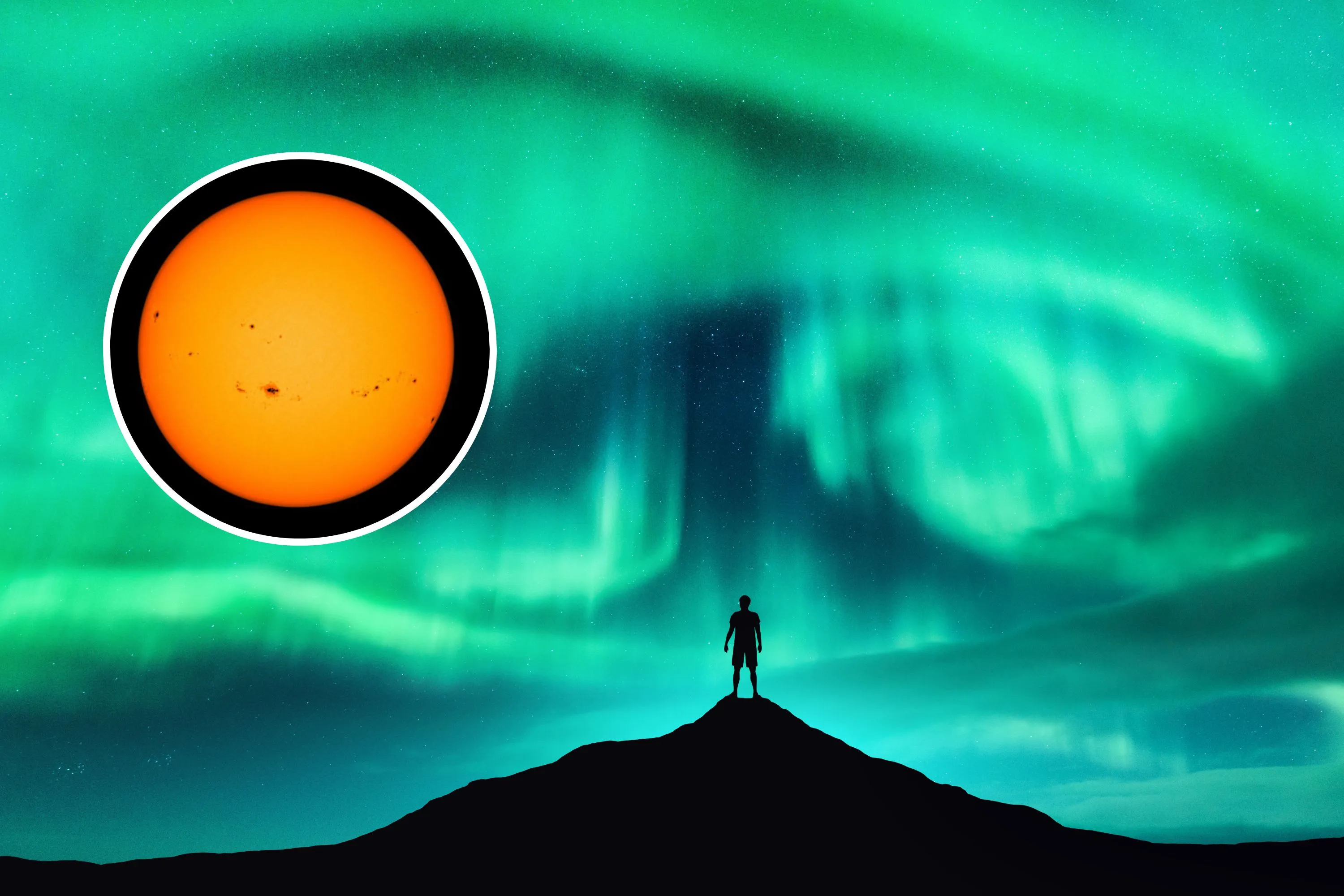The Sun's Impact: Understanding Solar Flares and Auroras during Solar Maximum

The Impact of Solar Maximum on Earth
As the sun reaches its solar maximum, we witness a dramatic increase in solar flares and awe-inspiring auroras. This period is characterized by heightened solar activity, resulting in several significant phenomena.
What to Expect During Solar Maximum
- Increased solar flares and coronal mass ejections
- Enhanced northern lights visibility
- Potential for geomagnetic storms affecting Earth’s atmosphere
The current cycle, solar cycle 25, began in December 2019, and we are already seeing heightened activity that could last for another year.
The Relationship between Sunspots and Solar Activity
- Sunspots indicate zones of intense magnetic activity on the sun's surface.
- More sunspots lead to a greater likelihood of solar flares.
- This cycle's peak brings an intricate dance of solar phenomena that captures the attention of astronomers and enthusiasts alike.
Stay tuned for stunning views of the northern lights as space weather unfolds.
This article was prepared using information from open sources in accordance with the principles of Ethical Policy. The editorial team is not responsible for absolute accuracy, as it relies on data from the sources referenced.